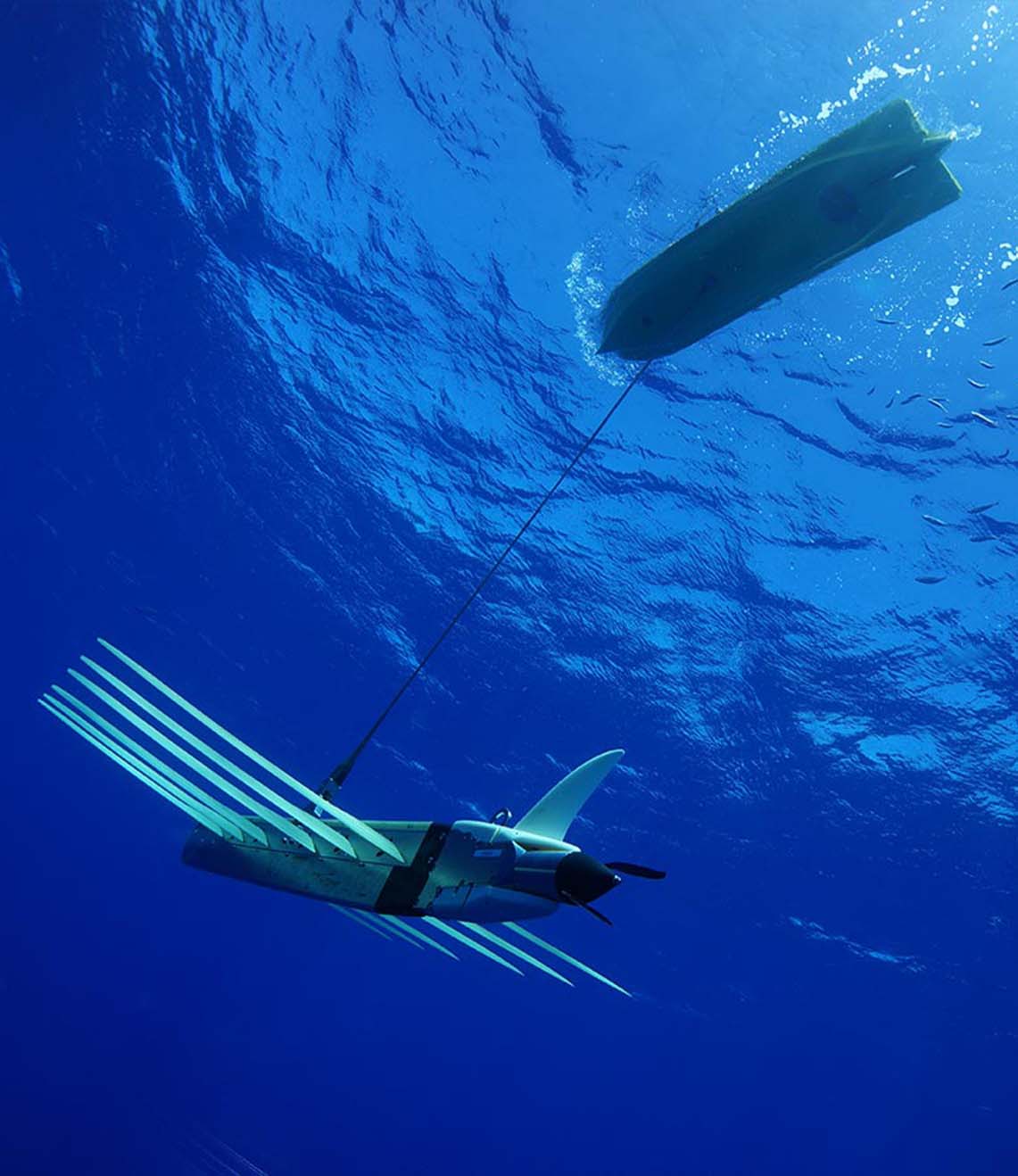How can we help?
What is the difference between ADCP velocity frames of reference?
17 April 2023
ADCPs can produce water velocity measurements in any of four frames of reference: beam frame, instrument frame, vessel frame and earth frame. Understanding velocity frames of reference is important for data inspection/interpretation and for selecting the correct one for your application.
Beam Frame
Beam frame means water velocity along the direction of the beam (beam 1, beam 2, beam 3 …). These are raw measurements determined independently by each transducer.
Instrument Frame
Instrument frame means water velocity in a coordinate system relative to the device (X, Y, Z). The X, Y and Z axes are always orientated the same relative to the transducer head. When the X-Y plane is level, the internal compass measures the orientation of the Y-axis relative to magnetic north.
Vessel Frame
Vessel frame means water velocity with respect to the vessel (starboard, forward, up/mast – axes that are more commonly known as pitch, roll and yaw).
Earth Frame
Earth frame means water velocity with respect to Earth (east, north, up), i.e. true orientations. This is a stable frame of reference for ensemble averaging and therefore the most commonly used.

For Origin ADCPs using Origin Viewer you can swap between different frames of reference.
Contact support@sonardyne.com for more information.
Looking for more content?
Find more product support in our Knowledgebase
Haven't found what you're looking for?
Then speak to one of our team for expert help




